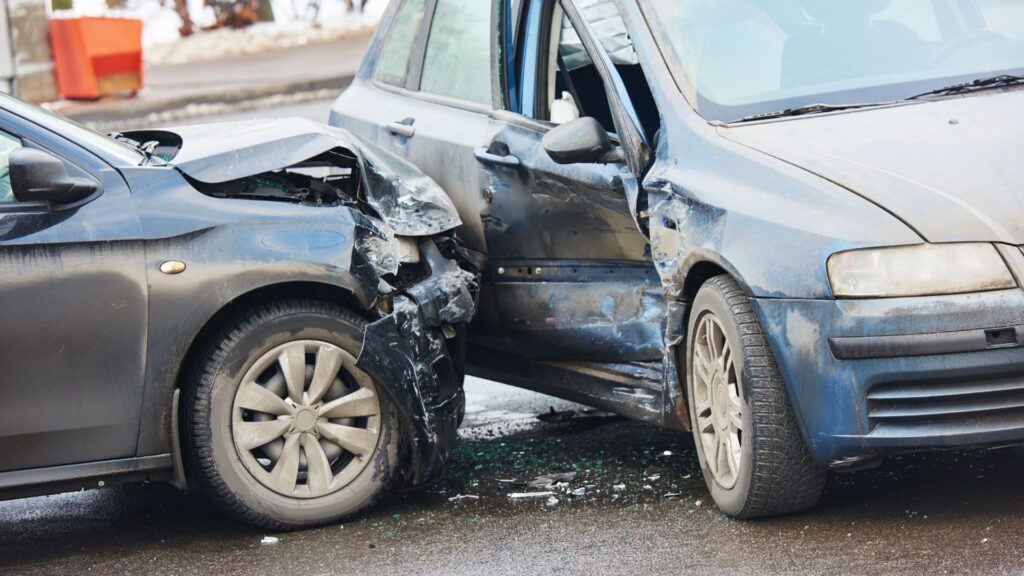In today’s fast-paced world, road safety is paramount. Collision-avoidance training equips drivers with the skills needed to anticipate and react to potential hazards, reducing the likelihood of accidents. In Milner, these essential skills are taught by experienced instructors who prioritize safety and preparedness. This blog post explores the importance of collision-avoidance training and the key techniques drivers will learn.
Why Collision-Avoidance Training is Crucial
Proactive Safety Measures: Collision-avoidance training emphasizes proactive driving. This means being aware of your surroundings, anticipating potential hazards, and taking preemptive actions to avoid accidents. Proactive safety measures are crucial in preventing collisions and ensuring a safe driving environment for everyone on the road.
Improved Reaction Time: One of the main benefits of collision-avoidance training is the improvement in reaction time. Drivers learn to recognize danger signs early and respond swiftly and effectively. This quick reaction can make the difference between avoiding a collision and becoming involved in one.
Enhanced Driving Confidence: Knowing how to handle unexpected situations on the road boosts a driver’s confidence. Collision-avoidance training provides drivers with the knowledge and practice needed to navigate challenging scenarios confidently. This confidence not only improves safety but also makes driving a more enjoyable experience.
Preparation for Diverse Conditions: Milner drivers often face varying road conditions, from busy urban streets to rural roads with limited visibility. Collision-avoidance training prepares drivers to handle these diverse conditions with ease. Drivers learn techniques to maintain control in adverse weather, navigate through heavy traffic, and manage unexpected obstacles.
Key Techniques in Collision-Avoidance Training
Situational Awareness: A fundamental aspect of collision-avoidance training is situational awareness. Drivers are taught to continuously scan their environment, including the behavior of other drivers, road conditions, and potential hazards. This heightened awareness allows drivers to anticipate and react to dangers promptly.
Proper Following Distance: Maintaining a proper following distance is crucial for collision avoidance. Drivers learn the importance of keeping a safe distance from the vehicle ahead, allowing ample time to react if the car in front stops suddenly. This technique significantly reduces the risk of rear-end collisions.
Effective Braking Techniques: Braking is a critical component of collision-avoidance training. Drivers are taught various braking techniques, including threshold braking and ABS (anti-lock braking system) usage. Understanding how to brake effectively in different scenarios helps prevent skidding and loss of control.
Evasive Maneuvering: Sometimes, braking alone is not enough to avoid a collision. Evasive maneuvering techniques, such as swerving and quick lane changes, are essential skills taught in collision-avoidance training. Drivers practice these maneuvers in controlled environments to ensure they can execute them safely when needed.
Defensive Driving: Defensive driving is a core principle of collision-avoidance training. Drivers learn to anticipate the actions of other road users and adopt a defensive mindset. This approach includes being prepared for sudden stops, unpredictable drivers, and other potential hazards.
Distraction Management: Modern drivers face numerous distractions, from mobile phones to in-car entertainment systems. Collision-avoidance training addresses the importance of staying focused on the road and managing distractions effectively. Drivers learn strategies to minimize distractions and maintain attention while driving.











